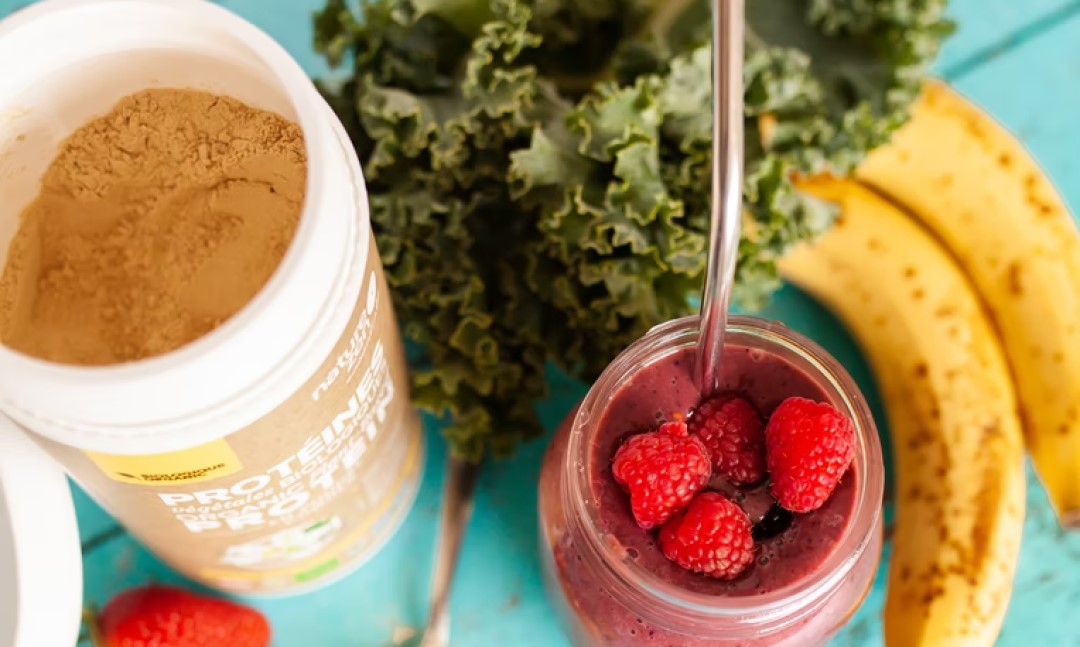When it comes to the storage and distribution of food products, maintaining the highest standards of safety, cleanliness, and efficiency is crucial. This is where food grade 3PL (third-party logistics) warehousing comes into play. A food grade warehouse is specifically designed to store food products in conditions that meet strict regulatory requirements, ensuring that your goods remain safe and compliant throughout the supply chain.
In this blog post, we will explore what food grade 3PL warehousing is, why it is essential, and the benefits it offers to businesses handling food and beverage products.
What is Food Grade 3PL Warehousing?
Food grade 3PL warehousing refers to third-party logistics providers who offer specialized storage and distribution services for food products. These facilities are equipped and maintained to meet food safety standards set by regulatory bodies such as the FDA (Food and Drug Administration) and USDA (United States Department of Agriculture).
To be classified as a food grade warehouse, the facility must meet specific conditions, including:
- Cleanliness and Sanitation: Regular cleaning and sanitation practices to prevent contamination.
- Temperature Control: Refrigerated, frozen, or climate-controlled environments to maintain product integrity.
- Pest Control: Stringent pest management programs to prevent infestation.
- Traceability: Detailed tracking systems to monitor inventory and ensure proper handling.
Why is Food Grade Warehousing Important?
The storage of food products requires more than just space—it requires safety, compliance, and control. Here’s why food grade warehousing is so critical:
1. Regulatory Compliance
Food safety regulations are strict, and non-compliance can lead to fines, product recalls, and damage to a brand’s reputation. Food grade warehouses are equipped to ensure all storage and handling processes meet the necessary regulations, helping businesses avoid these risks.
2. Preventing Contamination
Contamination of food products is a serious issue that can result in foodborne illnesses and costly recalls. Food grade warehouses are designed to prevent contamination through stringent sanitation protocols, temperature control, and pest management.
3. Maintaining Product Quality
Certain food products require specific environmental conditions to remain fresh and safe for consumption. Food grade 3PL warehouses offer temperature-controlled storage options, ensuring that products like frozen foods, dairy, and perishables are stored at the right temperature to maintain their quality.
4. Traceability and Transparency
In the food industry, traceability is essential for product recalls, audits, and maintaining consumer trust. Food grade warehouses utilize advanced inventory management systems that offer complete transparency and tracking, from the moment the product arrives until it leaves the warehouse.
Benefits of Food Grade 3PL Warehousing
Choosing a 3PL provider with food grade warehousing capabilities can offer a variety of advantages for your business:
1. Expertise in Food Safety
Food grade 3PL providers specialize in handling food and beverage products. Their expertise ensures that your products are stored, handled, and distributed safely, reducing the risk of contamination or spoilage.
2. Cost-Effective Solutions
Outsourcing your food storage and distribution to a 3PL allows you to focus on your core business without investing in expensive infrastructure and compliance efforts. A 3PL provider with food grade warehousing can scale with your business needs, helping you manage peak seasons or expand to new markets without additional capital expenditures.
3. Temperature-Controlled Options
Whether you need frozen, refrigerated, or dry storage, food grade 3PL warehouses offer a range of temperature-controlled environments to suit the specific needs of your products. This versatility helps ensure that your perishable goods remain safe and fresh throughout the supply chain.
4. Improved Supply Chain Efficiency
A food grade 3PL warehouse is not just about storage—it’s also about distribution. These providers offer streamlined solutions for picking, packing, and shipping orders, ensuring that your products reach retailers, distributors, and consumers quickly and efficiently.
Conclusion
In the food and beverage industry, safety and quality are non-negotiable. Food grade 3PL warehousing plays a vital role in ensuring that your products are stored in optimal conditions, remain compliant with regulations, and are delivered safely to their final destination. Whether you’re a small startup or a large corporation, partnering with a food grade 3PL can help you streamline your supply chain, reduce costs, and ensure product integrity.
At Dynamic 3PL, we provide state-of-the-art food grade warehousing services, including temperature-controlled environments, FDA-compliant facilities, and advanced traceability systems. With our expertise, we help businesses maintain the highest standards of food safety while optimizing their logistics operations. Contact us today to learn more about how we can support your food and beverage warehousing needs!









